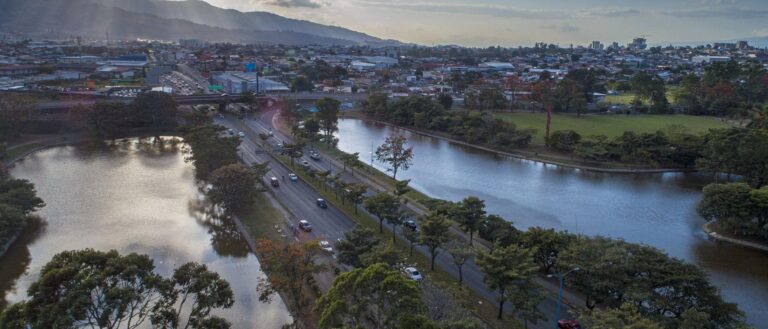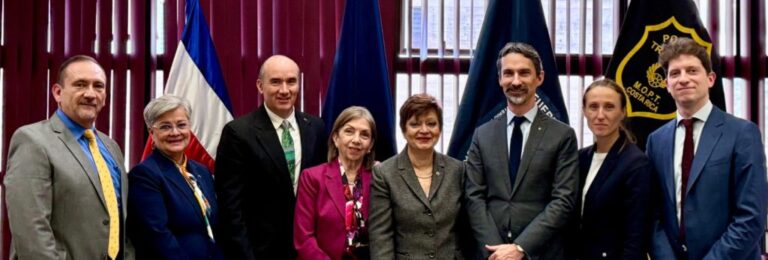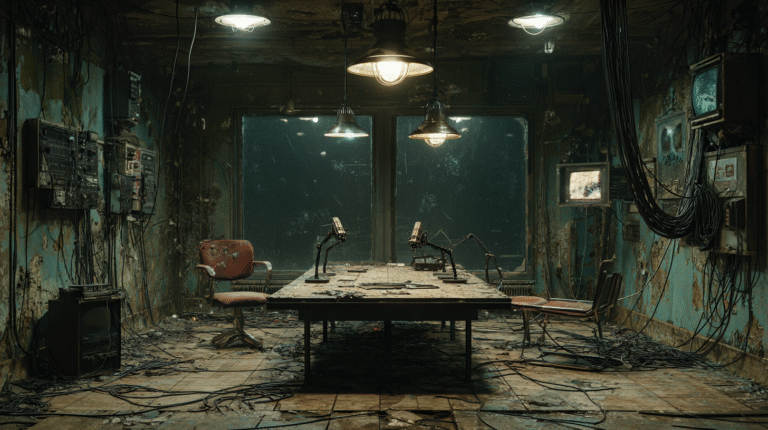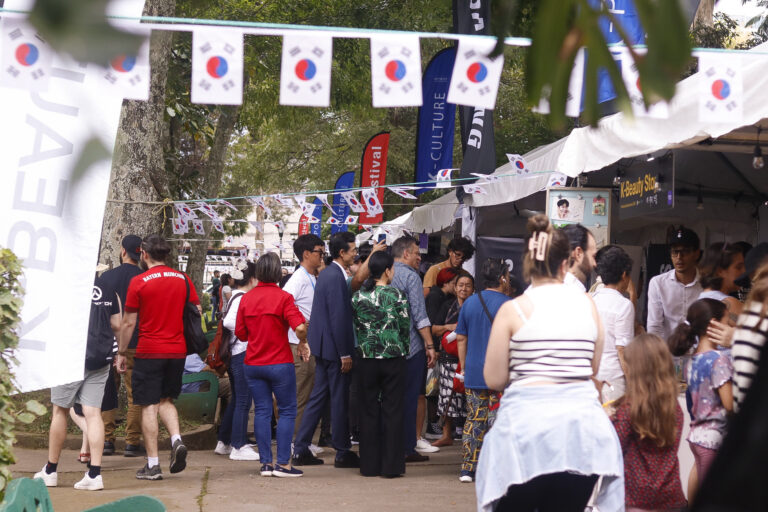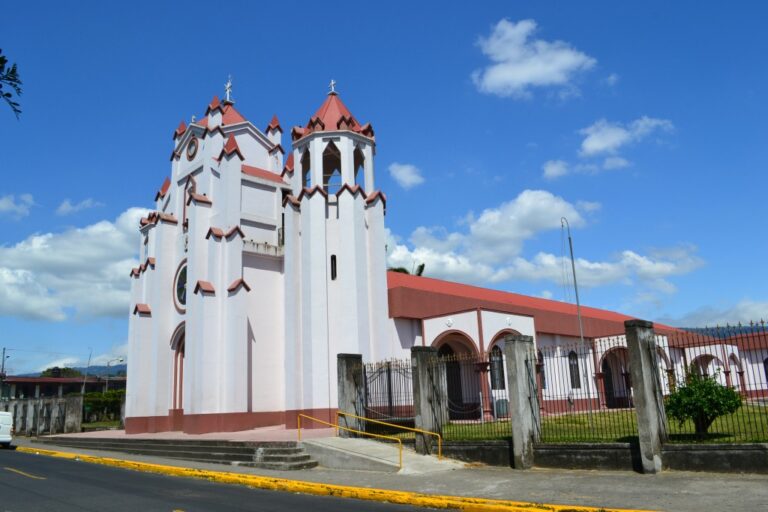From the Summit of Power to an Extradition Cell: The Story of Celso Gamboa that Puts Costa Rica to the Test
An Earthquake in Costa Rican Politics
The news shook the country like a political earthquake: one of the most powerful and influential men in Costa Rica over the last decade, a former Supreme Court justice and former Minister of Security, was arrested in an operation coordinated with the U.S. Drug Enforcement Administration (DEA). The accusations were not for corruption or influence peddling, scandals that had already tainted his name in the past, but for something much more serious: alleged links to large-scale international drug trafficking.
This is not just the case of one man, but a reflection of a national crisis and the litmus test for a historic legal reform that changed the rules of the game forever in the country. The story of Celso Gamboa is a chronicle of a meteoric rise to power, a resounding fall, and an accusation that jeopardizes trust in Costa Rican institutions. Below, we break down who Celso Gamboa is, how he built his power, why he fell from grace, and what his case means for the future of justice in Costa Rica.
Who is Celso Gamboa? The Architect of Power
To understand the magnitude of the case, one must first understand who Celso Gamboa was. He was not just any politician, but a figure who knew how to move with astonishing agility through the halls of the three branches of government, accumulating a level of influence rarely seen in the country’s recent history.
A Meteoric Rise Through the Three Branches of Government
Born in 1976, Celso Gamboa, a lawyer with master’s degrees in criminology and criminal law, began his career in the Public Ministry, where he served as a deputy prosecutor in key provinces such as Limón, Alajuela, and San José. His ability to navigate the system quickly catapulted him into the political sphere.
During the administration of President Laura Chinchilla (2010-2014), his power was consolidated in the Executive Branch. He successively held the positions of Vice Minister of Public Security, Director of the Intelligence and Security Directorate (DIS), and Vice Minister of the Presidency. These positions gave him access to the state’s most sensitive information
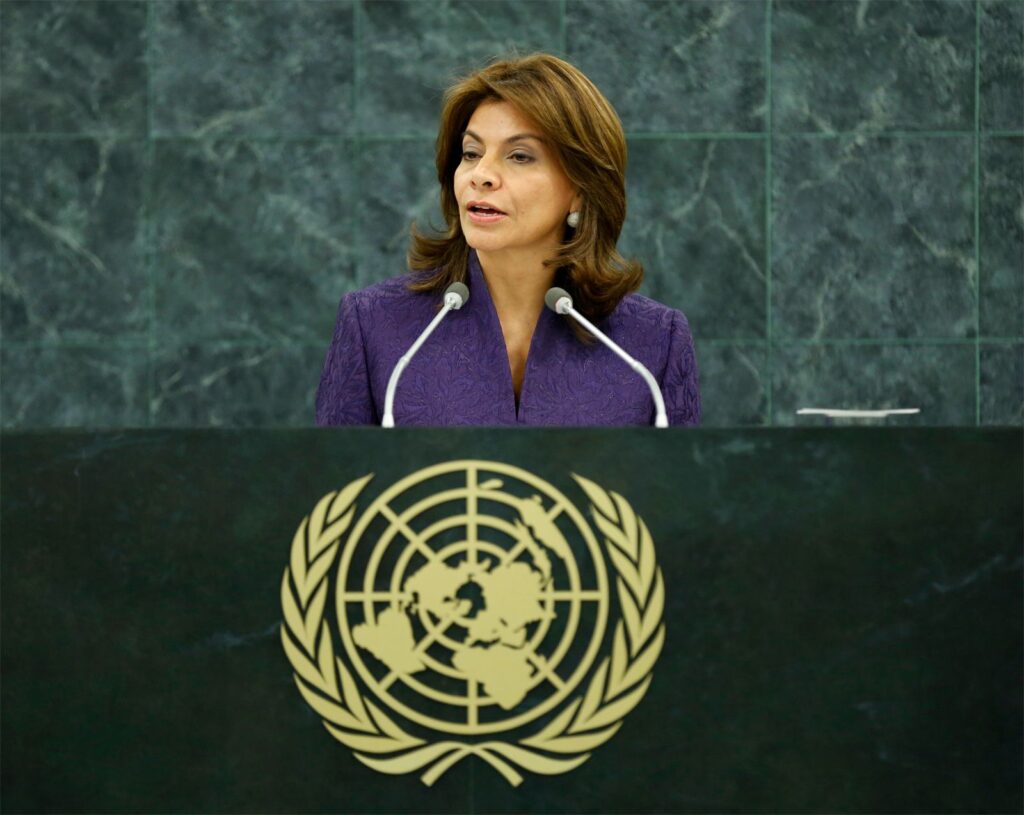
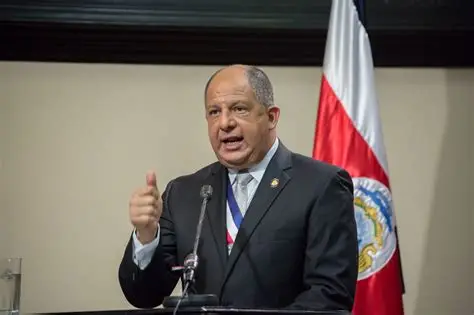
With the rise to power of Luis Guillermo Solís in 2014, Gamboa reached the pinnacle of the security apparatus upon being appointed Minister of Public Security. However, in a strategic move, he resigned in 2015 to return to the Judicial Branch, this time as Deputy Attorney General.
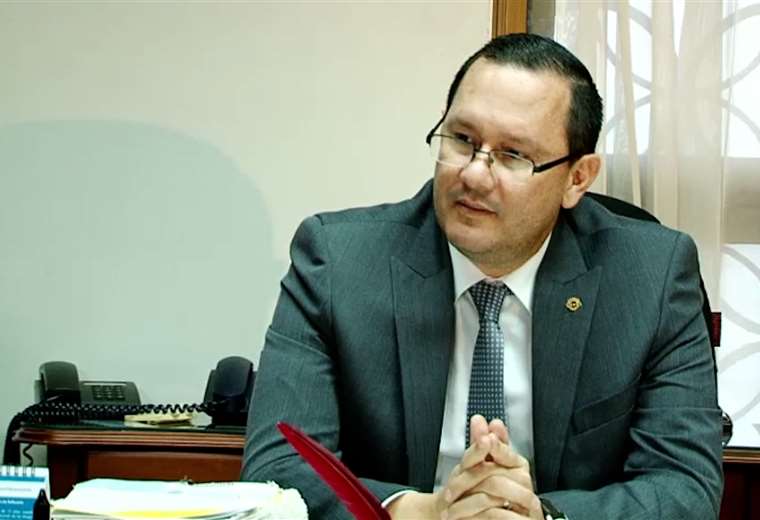
The climax of his career came in February 2016, when the Legislative Assembly, with the vote of 43 deputies, appointed him Justice of the Third Chamber of the Supreme Court of Justice, the country’s highest criminal court. At only 39 years old, he became the youngest justice to hold the position, and in political circles, it was speculated that his next ambition was the presidency of the Republic.
In just a few years, Gamboa had been at the helm of the police, intelligence, the prosecution, and finally, the criminal judiciary. This cross-cutting control gave him unprecedented knowledge of the system’s secrets and weaknesses, a power that, according to U.S. authorities, would have made him an invaluable asset to organized crime.
The Foretold Fall: The “Cementazo” Scandal
Long before the DEA set its sights on him, Celso Gamboa’s public image had already been shattered into a thousand pieces. His fall from grace on a national level was not due to drug trafficking, but to a corruption scandal that shook the foundations of Costa Rican politics: the “Cementazo.”
The First Crack in the Justice’s Armor
The scandal revolved around his close relationship with the Chinese cement businessman Juan Carlos Bolaños and accusations of influence peddling to favor political figures in legal cases. In October 2017, the full Court suspended him from his position as a justice.
The legislative and judicial investigation concluded that Gamboa had committed “gross misconduct.” Finally, on April 10, 2018, the same Legislative Assembly that had elected him by an overwhelming majority, voted for his definitive removal.
This episode not only ended his career in the public sector but also solidified him as a deeply controversial and questioned figure. His reputation as the “father of trolls” in Costa Rica, for his alleged use of social media to influence public opinion, had already cemented a perception of him as a skilled but unscrupulous political operator. The “Cementazo” was the first major crack in his armor, a fall that set the stage for the revelation of accusations of a much darker nature.
The United States’ Accusation: A Link to Major Cartels
After his removal, Celso Gamboa went into private practice as a lawyer, even defending drug trafficking cases. But while his public life in Costa Rica seemed to be over, a much more serious investigation was brewing against him thousands of miles away. The extradition request is not based on rumors, but on a formal and detailed indictment from a federal grand jury in Texas that paints him as a key piece in the international drug trafficking chessboard.
From Magistrate to Alleged Associate of the Sinaloa Cartel
The indictment, issued by a grand jury in the Eastern District of Texas, is damning. The U.S. Department of Justice charges him with two main crimes:
- Conspiracy to manufacture and distribute five kilograms or more of cocaine, knowing that it would be illegally imported into the United States.
- Manufacturing and distributing cocaine with the same intent, including the charge of aiding and abetting.
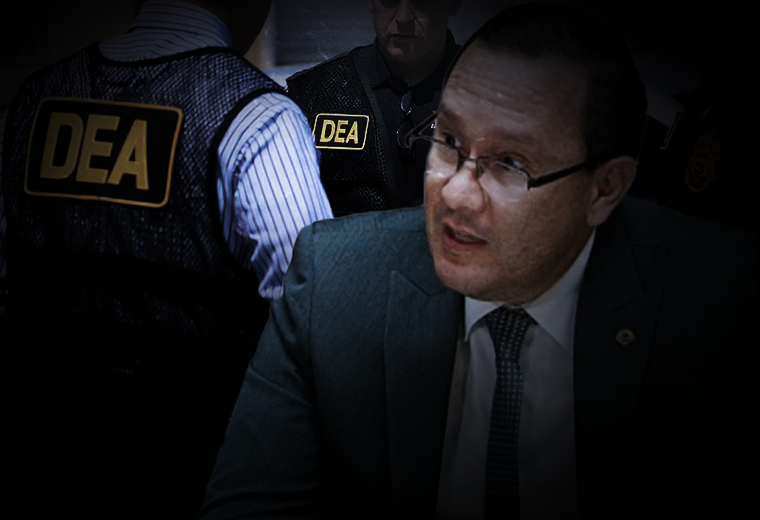
Additionally, U.S. authorities have sanctioned him for money laundering.
But what is most alarming are not just the charges, but the alleged partners. The indictment states that Gamboa did not act alone, but cooperated with “other international drug traffickers.” Specifically, he is linked as a high-level operator for two of the continent’s most feared criminal organizations: the Sinaloa Cartel of Mexico and the Pacific Clan of Colombia.
The most explosive detail, however, is the timeline. According to the sworn affidavit of U.S. prosecutor M. Wesley Wynne, Gamboa’s criminal operations began “on or about 2017.” This fact is crucial, as it places the beginning of his alleged collaboration with the cartels in the period when he was still a sitting Justice of the Third Chamber. This completely transforms the case: it would not be a fallen politician resorting to crime, but a high-ranking judge who allegedly betrayed his oath from the pinnacle of judicial power to, presumably, protect and facilitate drug trafficking.
If found guilty in a U.S. court, Celso Gamboa faces a mandatory minimum sentence of 10 years in federal prison and a maximum of life imprisonment.
The Historic Change: Why Can a “Tico” Be Extradited Now?
The case of Celso Gamboa is only possible thanks to a radical and very recent legal transformation in Costa Rica. For decades, the idea of extraditing a Costa Rican citizen was simply unthinkable, a sacred principle in the Constitution that, in practice, turned the country into a safe haven for its nationals, regardless of the crimes they had committed abroad. The story of how this legal wall was torn down is key to understanding the present.
The Constitutional Reform that Opened the Door
The Legal Wall: Until very recently, Article 32 of the Political Constitution of Costa Rica was clear and concise: “No Costa Rican may be compelled to leave the national territory.” Historically, this phrase was interpreted as an absolute ban on extraditing Costa Rican citizens. In the five years leading up to the reform alone, the State was forced to reject 35 extradition requests for its nationals, which fueled the international perception that Costa Rica could be a sanctuary for criminals.
The Catalyst for Change: What made the country take such a drastic decision? A national security crisis. In 2024, Costa Rica broke its own record for violence, reaching a homicide rate of 16.6 per 100,000 inhabitants, more than double the world average. Most of this violence was directly linked to disputes between drug trafficking groups that use the country as a logistics corridor. Social peace, Costa Rica’s greatest pride, was under threat.
The New Law: Faced with this reality, the Legislative Assembly acted. In May 2025, with prior approval from the Constitutional Chamber, the deputies approved a historic reform to Article 32. The new text adds a crucial exception: “No Costa Rican may be compelled to leave the national territory, except in cases of international drug trafficking or terrorism where extradition has been granted by the Courts of Justice…”
Impact: This amendment did not eliminate the general protection but created a specific and limited door to hand over nationals in the most serious cases of transnational crime. It is a decision that recalibrates the country’s sovereignty to face a threat that had already overflowed its borders. Without this reform, approved just weeks before his arrest, the case of Celso Gamboa, as we know it, would simply not exist.
The Battle in the Courts: A Power vs. Power Struggle
With the new constitutional reform as a backdrop, the arrest of Celso Gamboa opened an unprecedented chapter in Costa Rican justice. What followed was not a simple process, but an intense legal battle, where the accused’s deep knowledge of the system clashed with the determination of a state testing its new legal tools.
Gamboa’s Defense Against the Costa Rican State
The Arrest: On June 23, 2025, in a coordinated operation between the Judicial Investigation Organism (OIJ) and the DEA, Celso Gamboa was arrested. From the very beginning, he refused to accept a voluntary or simplified extradition. This decision activated the ordinary procedure, forcing the United States to formally present all its evidence and compelling a Costa Rican court to analyze the merits of the case. As a result, he was ordered to be held in provisional detention for two months at the La Reforma maximum security prison.
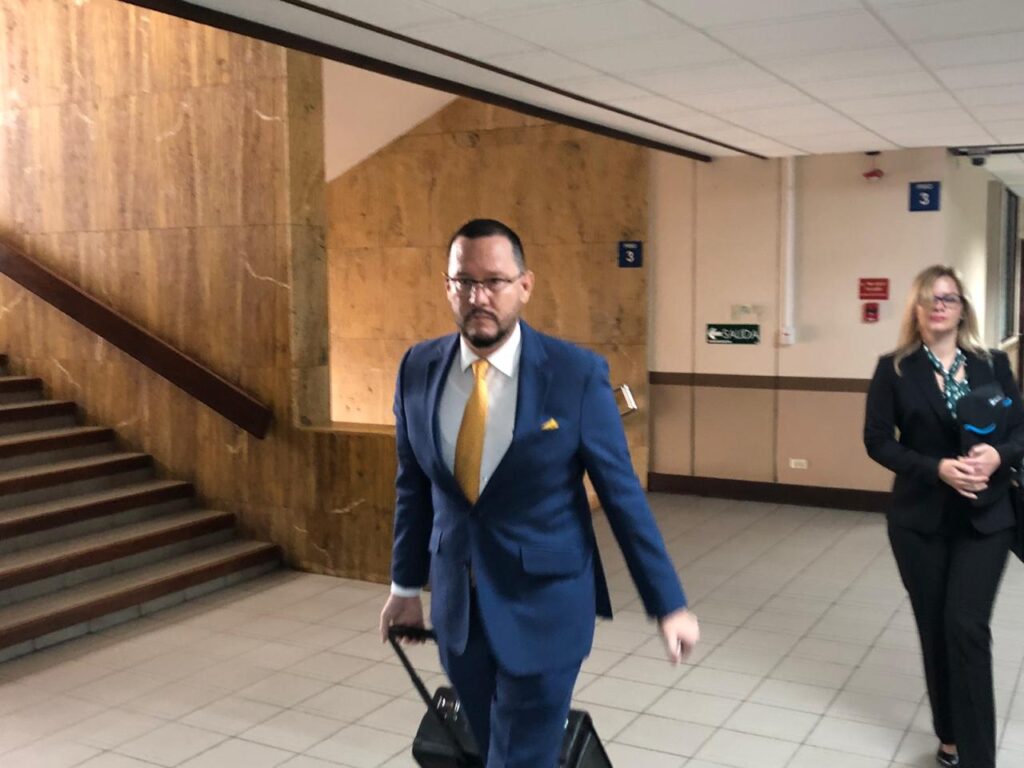
The Legal Strategy: Showcasing his experience, Gamboa’s defense team, led by his sister, public defender Natalia Gamboa (who requested an unpaid leave of absence to take the case), launched a procedural offensive on all fronts. Their strategy sought not only to delay the process but to delegitimize it from its very foundations. Their actions included:
- Constitutional challenges: They filed appeals before the Constitutional Chamber to nullify the reform to Article 32 itself, but they were rejected.
- Writs of amparo and habeas corpus: They alleged that Gamboa’s prison conditions violated his “human dignity,” requesting his transfer or release.
- Procedural challenges: They attempted to recuse the judge in charge of the case and repeatedly requested his release from custody, but all efforts failed.
The Historic Verdict
Finally, on October 7, 2025, the Criminal Court of San José issued its historic resolution: the extradition request for Celso Gamboa to the United States was granted.
Key Explanation: However, the ruling included a nuance of enormous importance: the extradition would be deferred. What does this mean? Based on the extradition treaty between the two countries, the decision establishes that the physical handover of Gamboa to U.S. authorities is suspended until all pending criminal proceedings against him in Costa Rica are concluded. These cases include trials for the alleged use of false documents, influence peddling, and bribery.
This decision is a balancing act: on one hand, Costa Rica fulfills its international commitment (“we will hand him over”), but on the other, it asserts its judicial sovereignty (“only when we are finished with him”). The defense immediately announced it will appeal the ruling, for which it has a three-day deadline, opening a new chapter of uncertainty in this complex judicial saga.
Sources and related content
What Now? The Future of Gamboa and the Case’s Legacy
The court’s historic decision is not the end of the story, but the beginning of a new and complex chapter. The case of Celso Gamboa transcends the fate of a single man to become a defining moment for Costa Rica, one that tests the resilience of its institutions and forces a deep reflection on its national identity.
The Questions Left by the Most Important Case of the Century
Next Steps: The judicial path is still long. Gamboa’s defense immediately announced it will appeal the decision, for which it has a three-business-day deadline. This appeal will be analyzed by a Court of Appeals that has no set timeframe to rule, which could add months of uncertainty to the process. Furthermore, the “deferred” extradition means that, even if confirmed, Gamboa must first face his pending trials in Costa Rica for crimes such as bribery and influence peddling. In light of this, the Prosecutor’s Office is already analyzing whether it is possible to dismiss some of these cases to expedite his handover to the United States.
Justice on Trial: This case represents an unprecedented challenge for the Costa Rican Judiciary. The system is judging one of its most powerful former members, someone who knows its gears and weaknesses from the inside. The ability of the courts to handle the process with impartiality, under intense national and international media scrutiny, will be a definitive measure of their strength and independence. For many citizens, the intervention of the U.S. justice system is perceived as a necessary action that Costa Rica’s own institutions could not or would not carry out, which highlights a deep crisis of confidence.
A Precedent for the Future and a National Reflection: As the first application of the reform to Article 32, every step in the Gamboa case is setting a legal precedent that will define how the new extradition law is applied in the future. But beyond the legal aspects, the case forces Costa Rica into a painful introspection. The image of the “Switzerland of Central America” is battered by the evidence that drug trafficking is not a foreign problem, but one that has managed to penetrate the highest spheres of power. This process is not just about the guilt or innocence of a former justice; it is a direct confrontation with the nation’s vulnerability and an examination of whether its institutions are truly equipped to face the threats of the 21st century.
A Mirror for Costa Rican Society
The saga of Celso Gamboa is much more than the chronicle of a powerful man facing justice. It is a mirror held up to all of Costa Rican society, forcing it to confront an uncomfortable but necessary image. His story, from his meteoric rise through the corridors of power to his fall and the shocking accusation of drug trafficking, summarizes the tensions and contradictions of a country struggling to maintain its reputation for peace and stability in an increasingly complex world.
We have traced his career, seen how his image was cracked by the “Cementazo,” detailed the serious accusations from the United States, and understood the historic constitutional change that made his extradition possible. We have witnessed an unprecedented legal battle that has tested the soundness of the institutions.
In the end, the Celso Gamboa case is not just about determining the guilt or innocence of a former justice. It is a direct confrontation with the nation’s vulnerability as a strategic corridor for drug trafficking. It is a profound examination of how strong Costa Rica’s democracy and rule of law truly are against the corrosive threats of transnational organized crime. The outcome of this process, whatever it may be, will leave an indelible mark and will, to a large extent, define the future of justice in the country.







